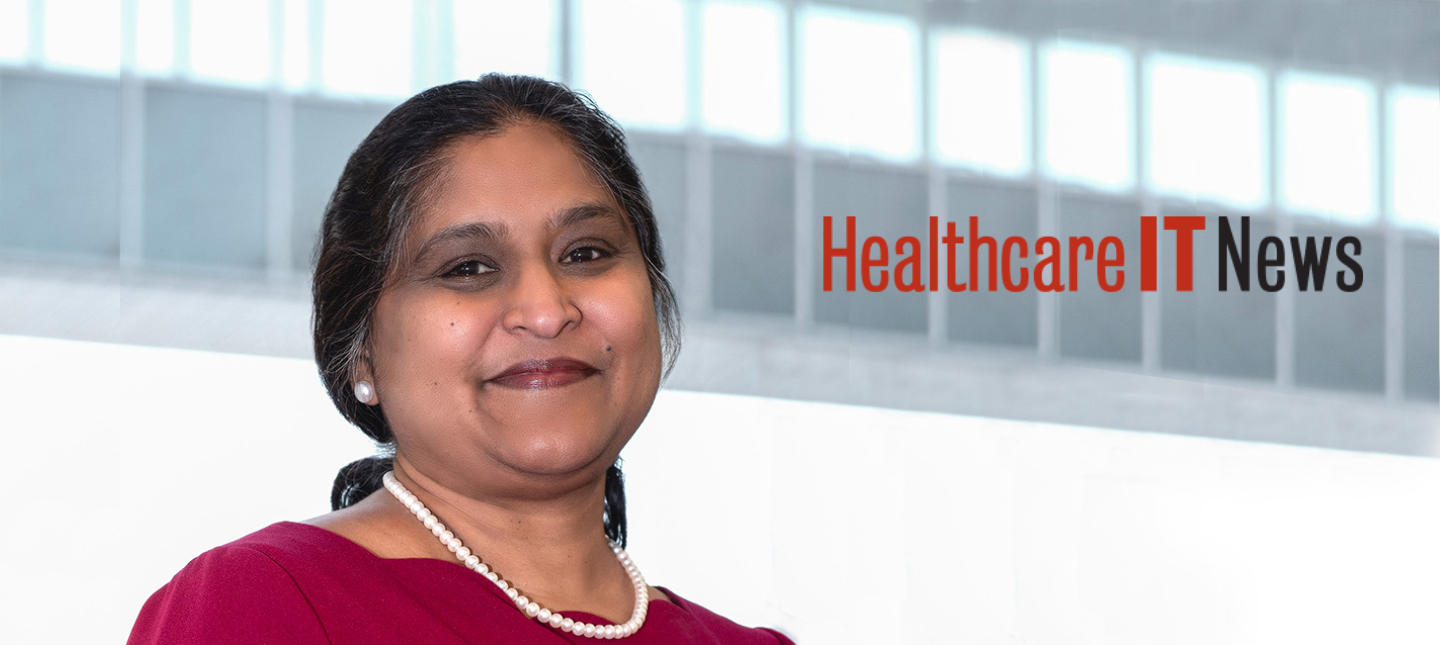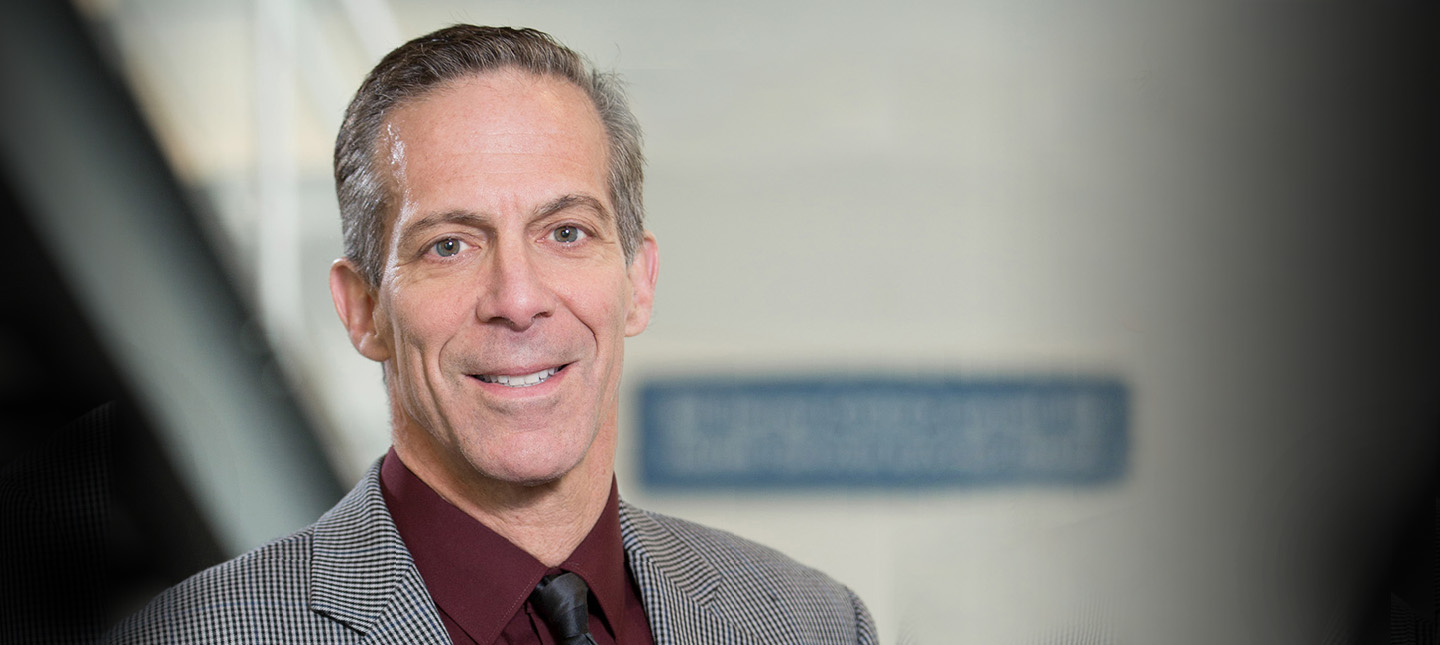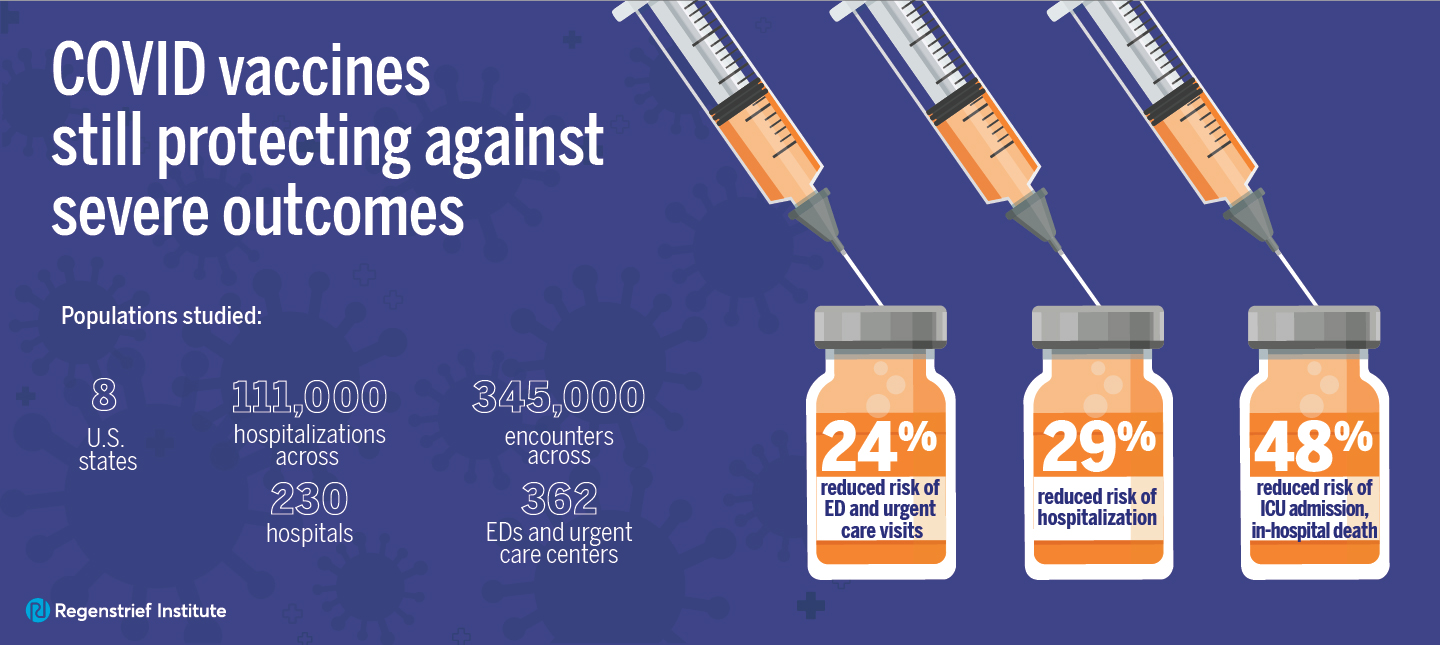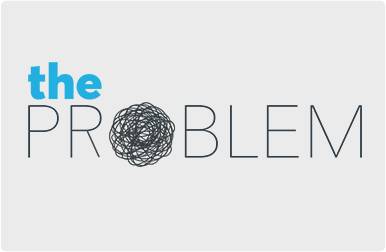Transcript
Hey Everyone!
Welcome to a supplementary bonus episode of “The Problem.” These episodes let us drill down into specific examples of organizations or groups that are changing how life with Alzheimer’s can be lived.
I’m your host, Phil Lofton.
[Theme]
It’s hard to talk about Alzheimer’s disease and related policy without mentioning the Alzheimer’s Association.
Founded in 1980 by Jerome Sloan and several family support groups, the Alzheimer’s Association has been an invaluable resource for families living with Alzheimer’s.
It’s raised money for research through events like the walk to end Alzheimer’s, supplied resources to countless patients and caregivers, and raised overall awareness of the disease for nearly 40 years.
Nationally, the association now has 78 chapters. It has spun off a political impact arm, the Alzheimer’s Impact Movement, and it has helped raise the annual NIH funding for Alzheimer’s research to nearly $2 billion through successful lobbying.
To learn more about some of the policy advancements that we’ve seen in Indiana for Alzheimer’s, I spoke to Natalie Sutton, the chapter executive of the Indiana Chapter of the Alzheimer’s Association.
Natalie Sutton:
There are 5.8 million Americans living with Alzheimer’s disease now and about 16 million Americans who are providing unpaid care for someone with the disease in Indiana. That translates to about 110,000 Hoosiers who are living with the disease and about 338,000 Hoosier caregivers. So there’s already a big impact on people. Alzheimer’s disease is the most expensive disease in America as well. And that those numbers have the expense, don’t even calculate the value of the unpaid care that people are providing. So, uh, this disease unfortunately can really drain families and those affected.
Phil Lofton:
Why is Alzheimer’s the most expensive disease? What is it about Alzheimer’s disease that makes it so uniquely costly?
Natalie Sutton:
You know, unfortunately, I think a big driver of the cost is in the later stages of the disease and is in long-term care settings. So when we think about how much we spend, unfortunately we’re spending a lot of those funds toward the end of the disease spectrum. And at the Alzheimer’s Association, we think one thing that would be really great is to invest more in Alzheimer’s and dementia as a public health issue and focus more on how we can improve diagnosis and help people to live better in their homes and communities with the disease. We think that that would help to reduce the cost of the disease for sure.
Phil Lofton:
So how are we going to see this trend of Alzheimer’s prevalence, Alzheimer’s incidence, and caregiver population? How are we gonna see the cost increase over the next several decades?
Natalie Sutton:
We’re very ambitious at the Alzheimer’s Association, so we set big goals and we hold ourselves to the highest standards in terms of trying to achieve those goals. We were founded as an organization with really two aims: one, to advance research, to put an end to the disease, but at the same time, recognizing that research takes time and people are hurting now, providing care and support for those living with the disease. So when we boil those really big planks of our mission down to our local community in our local chapter of the association, we have six pillars of our strategic plan. One that we spend a lot of time on every day is care and support for those affected. Our big goal there is really to reach more people. So we reach just under about 6,000 unduplicated constituents in Indiana year, which sounds like a lot at first, but when you realize that 110,000 Hoosiers are living with this disease, we know we’re not doing enough.
Phil Lofton:
Those Hoosiers, though, have unique opportunities, Natalie says, due to local resources and opportunities in research.
Natalie Sutton:
Indiana is a great place to be for Alzheimer’s research right now, and I think there are a lot of exciting things happening at the Indiana University School of Medicine, but also in our life sciences industry in Indiana and in the pharmaceutical industry. So, there is a lot of great research work happening. One of the things we’re most excited about that our chapter has become very involved with is the longitudinal early-onset Alzheimer’s disease study.
So really, you know, a long-term observational study that we’ll look at people who have been diagnosed with Alzheimer’s or dementia prior to the age of 65. And I think it’s really interesting to think about what we can learn from those patients without all of the complications of aging that we see in a more traditional onset of the disease, as well as the fact that families affected by early onset disease are experiencing this challenge at a different time in their lives, when they’re supposed to be still putting their kids through college or working actively.
And so it’s an especially devastating form of the disease and we’ve been very excited at the greater Indiana chapter to get involved with that study and support some of the genetic analysis that was not going to be funded by the NIH.
Phil Lofton:
We’ll learn more later this season about that study.
The Alzheimer’s association has also had political impact over the last several decades. I spoke with Jason Barrett, the policy director of the Greater Indiana chapter, to learn more.
Jason Barrett:
So part of my role with the association is to work at the federal and the state level to help promote the adoption of policies that are providing caregiver support and increasing the care and support for those living with the disease — increasing research funding. So, just quickly, federally we’ve had a lot of very large successes advocating at the federal level. About a decade ago, we were instrumental in helping to pass the bill that created the first ever national plan to address Alzheimer’s disease. Goal one of that plan was to have a medical intervention in place by the year 2025. And we’ve used that goal as well as a few other things to help us with advocating for additional research funding for Alzheimer’s disease.
We’ve been hugely successful on this front. We’ve been able to quintuple — that’s five times — the amount of NIH funding over the past six years. So about six years ago, we were at $450 million a year. We’re currently at 2.3 billion a year and that number is likely — hopefully, fingers crossed — to increase further with the budget being passed later this year, the fiscal budget. Now we’re working with Congress and we have some pretty good first indicators that that money is going to be increased even more. So federally speaking, we have a lot of successes. And one bill that we passed last year was our priority bill that plays very well into what we’re trying to do at the state level as well.
That bill, it was called the Building Our Largest Dementia, or BOLD, Infrastructure for Alzheimer’s Act. And it will, or once it’s funded properly, it will create Alzheimer’s centers of excellence across the country where these places can be designated as an Alzheimer’s center of excellence. And they’ll receive funding from CDC to promote awareness of the disease, provide caregiver support, help with that early detection and diagnosis, which is key for caregiver support and making sure that medical plans are in place and also collecting data that can help to promote further policies. So these are some of the things that we’ve been very successful at at the federal level.
Phil Lofton:
If you’re in need in Central Indiana, there are plenty of resources offered by the Alzheimer’s Association, both for patients and caregivers.
Natalie Sutton:
The greater Indiana chapter runs 65 support groups throughout the state. We really want people to know that they’re not alone, right? This is a big issue, but it’s also affecting a lot of families and there’s power in coming together, especially for those caregivers to talk about what they’re experiencing. And to provide that mutual support for each other.
We have a 24/7 helpline at the Alzheimer’s Association, an incredible resource, because it’s available 24/7. The issues and challenges of this disease don’t neatly present themselves during business hours. So giving caregivers, what really some of them have called a lifeline, being able to call, you know, at two in the morning or over the holidays when you’re a caregiver, experiencing a challenge and have that compassionate ear as well as gain information and sometimes some tools or strategies that may help you through a challenging situation. So those are just a couple of examples of the care and support services that we are really happy to provide for Hoosiers.
Phil Lofton:
Join us next week for our regular episode, where we’ll learn about a clinical model that can improve quality of life and health for both caregivers and patients by putting team-based care at the forefront, all while reducing costs for the healthcare system.
Music for this episode was from Everlone and Broke for Free. Our theme, and additional musical cues were written and performed, as always, by Fungus Amongus
The Problem is produced at studio 134 in the Regenstrief Institute in Indianapolis, Indiana, where we connect and innovate to provide better care and better health. Learn more about our work and how you can get involved at Regenstrief.org, and see bonus content from this episode, including sources, pictures and more, at regenstrief.org/theproblem.
The Problem is written, hosted, edited and produced by me, Phil Lofton, with additional editing by Andi Anibal, John Erickson, and Jen Walker. Web design and graphics are by Andi Anibal, and social media marketing is by Jen Walker.
Bonus Materials
Learn more about the Alzheimer’s Association, as well as the resources they offer caregivers and patients, and discover more facts about Alzheimer’s at https://alz.org/
Learn more about Alzheimer’s advocacy and public policy at https://alzimpact.org/







